The Bible and the end of patriarchy
The scriptural story of God's love for women, from creation through redemption
This piece has also been reposted at the Junia Project.
Gentle reader,
God loves all creation. God made and loves us women.
“The sex of a woman is not a vice, but nature” (Augustine, City of God 22.17).
From creation (which tells us about God’s good will), women are explicitly made in the image of God. That’s revolutionary. It’s the death knell to patriarchy, right there.
Adam and Eve are side by side (where’s the rib located?) partners, she is “ezer kenegdo,” where “ezer” is used elsewhere to refer to God’s strong help in God’s relationship to Israel.
(You know the hymn, “here I raise mine ebenezer, hither by thy help I’ve come?” Remember the folks in the Bible who set up stones [eben] to mark where God had helped [ezer] them?)
Woman, the ezer kenegdo, is a strong partner. The language here is far from the diminutive and subordinate connotations we associate with common English translations, like “helpmeet.”
Adam and Eve have shared work to do — the good creation mandate (fruitfulness and dominion), is for both together. No hint of a gendered division of labor.
Sexually differentiated bodies (the very fact that women exist!) are a created good. Women: God made us; God loves us.
So God created humans in his image, in the image of God he created them; male and female he created them (Genesis 1:27 NRSVUE).
There is no mention of subordination or hierarchy before the fall, but patriarchal disruption of the male/female relationship is a clear hallmark of sin.
Under sin (Genesis 3), the shared work of the creation mandate is divided and comes under the reign of death.
Eve gets fruitfulness, but it’s fruitfulness under the reign of sin, conceptions multiplied because children will die.
Adam gets dominion, made burdensome under the condition of sin by “thorns” and the possibility that the family that needs to be fed might starve.
Death hovers there, disrupting the goodness of the male/female relationship.
Under sin, Adam blames Eve, refusing to take responsibility for his sin.
(Eve blames the serpent, but that doesn’t seem particularly pertinent to the patriarchy question, though it certainly matters for the sin question).
Hans Baldung Grien, Adam and Eve with Serpent, 1514
Sin mars the marriage relationship; her desire will be for her husband (instead of for God? instead of for the good work of the creation mandate? Because of the vulnerability of death, especially as childbearing makes her so vulnerable?)
And–UNDER SIN–he will rule over her.
It’s not a stretch to call patriarchy a chief hallmark of life in a sinful world.
The goodness of created gender difference is distorted into hierarchical difference, which denies the full image of God in the woman.
But sin is not God’s last word about patriarchy.
Where the Ancient Near East was patriarchal, Israelite family law calls God’s people to something different, which Old Testament scholar Dan Block calls “patriocentrism.”1
In patriarchy, goods flow from everyone else TO the patriarch. He gets the capital and the good bits of meat and the respect and the privileges. This is not God’s good will, says Israelite law.
In Old Testament law, the father is to sit at the center (not the top) of the family/household structure, there to ensure that goods flow FROM him TO the more vulnerable members of his household, to his wife, children, servants, and animals.
He’s there to give, not receive. His strength/power/privilege in a world of death is for the protection of the vulnerable.
The Song of Songs gives us a portrait of mutuality and delight, where man and woman can say to one another “this is my beloved AND my friend.” (And that portrait is also mysteriously a portrait of God’s love for us; just wait until Jesus says he’ll make us his bride and his FRIENDS!)
At Church Blogmatics, I use Canva Pro for my design needs. Click to try Canva.
Alexandre Bida, The Woman in the “Song of Songs”, c. 1886
The Song of Songs hearkens back to Eden, back to before the disruption caused by the sin of patriarchy, and it hearkens forward to the marriage supper of the Lamb. It gives us a glimpse of living in redemption.
What about all the bad stuff that happens to women in the Old Testament? Polygamy, rape, and other horrors? The fact that something happens in the Bible doesn’t mean the Bible is endorsing it.
This stuff is descriptive of a sinful world, and Israel’s law is always pressing against it, FOR the protection of women, against the rather brutal patriarchal norms of the Ancient Near East.
Bring on the New Testament.
God chooses a woman, our friend Mary, to bear the saving one in her very flesh. She tramples the serpent, and lets it rip against sin–pretty explicitly including patriarchy–as she sings the Magnificat.
And Mary said, “My soul magnifies the Lord, and my spirit rejoices in God my Savior, for he has looked with favor on the lowliness of his servant. Surely, from now on all generations will call me blessed; for the Mighty One has done great things for me, and holy is his name. His mercy is for those who fear him from generation to generation. He has shown strength with his arm; he has scattered the proud in the thoughts of their hearts. He has brought down the powerful from their thrones, and lifted up the lowly; he has filled the hungry with good things, and sent the rich away empty. He has helped his servant Israel, in remembrance of his mercy, according to the promise he made to our ancestors, to Abraham and to his descendants forever. (Luke 1:46-55 NRSV).
Jesus, in his incarnation, dignifies all human flesh, and the denigration of women for being bloody and birthy and such is undone, as it always was really, from creation, and will be in final redemption.
Margaritone d'Arezzo, Madonna and Child Enthroned with Four Saints, c. 1240/1245O
Jesus treats women as people. Some of his besties are women. (Can women and men be friends? Unequivocal biblical answer = yes: see Jesus, Mary, and Martha).
Jesus undoes the sine qua non of patriarchy — men holding women as property rather than as persons– when he redefines marriage. No longer is marriage a property arrangement. It is a holy covenant, between two image bearers, a sanctifying sign of God’s fidelity to us.
(All this happens when Jesus makes it clear that adultery is not a property crime but a violation of covenant; adultery is not damage to a man’s property, it is now something a man can commit again his wife; see Matthew 19.)
(The Bible’s undoing of slavery follows this same line, as slavery is an extension of patriarchy. I imagine this is one reason we see a few deluded and desperate folk trying to offer a “Christian” defense of slavery; they aren’t wrong that patriarchy has to fall if slavery does.)
And Jesus commissions the woman at the well as the first evangelist, sending her to her village to tell all about him.
Woman Standing Over a Well, Northern Wei Dynasty (386–535), early 6th century; with later restorations, China
He similarly commissions the women at the tomb to preach the gospel of his resurrection. A woman anoints Jesus.
“By pouring this ointment on my body she has prepared me for burial. Truly I tell you, wherever this good news is proclaimed in the whole world, what she has done will be told in remembrance of her” (Matthew 26:12:13).
She, too, tells the gospel.
What about Paul, that old patriarchal annoyance?
As with Old Testament law, if we know anything about New Testament society, we can see Paul pressing against patriarchy again and again.
One of the wildest places is where he tells men their bodies aren’t their own in marriage (1 Corinthians 7:3-4). Wait? Women aren’t property men own? Men are in mutual relationship with women?
There are two kinds of obvious gender texts in Paul: the ones that look like they tell women to submit and be silent, and the ones that seem to give women surprising gospel roles, like preaching and such.
Any honest conversation has to acknowledge BOTH KINDS OF TEXTS. If we’re wrestling with injunctions to silence, we also have to wrestle with women who clearly are speaking. (Otherwise, how can we argue about whether they should wear head coverings when they do so?) I will not have this conversation unless we talk about BOTH KINDS OF TEXTS.
To paraphrase Scot McKnight then, there are two interpretative options: EITHER, usually women preach and teach, but there are exceptions. OR, usually women are silent, but there are exceptions.
There’s a ton of careful, persuasive New Testament scholarship convincing me that women preaching and teaching was the norm, with circumstantial exceptions. I can’t go into all that here but learning about what circumstances could well have merited an exception and thinking about where Paul may well be quoting his opponents are two persuasive moves.
But most persuasive, to me, is the way women are integral in the big picture salvation narrative, from creation to redemption, as beloved image bearers with good work to do, being redeemed in Jesus.
Paul has female friends and colleagues who are doing gospel work with him. Phoebe is a deacon (Romans 16:1), Junia is an apostle (Romans 16:7), Priscilla explains “the way of God…more accurately” (Acts 18:26).
Then we’ve got the equalizing of baptism (Galatians 3:27-29). Where the covenant sign of circumcision was for male bodies, baptism marks all bodies, including female bodies.
Riva Helfond, Sleeping Girl, Public Domain via Artvee
Bring on the Holy Spirit.
The Spirit descends in power, and Peter quotes Joel (the unity of Old Testament and New Testament again!): the Spirit empowers all flesh (Acts 2:14-21). Spirit gifts are anti-patriarchal. Sons and daughters will prophesy.
Bring on sanctification.
The gifts and fruits of the Spirit (like the creation mandate) are not gender divided.
Where the ancient world understood women’s bodies as for the good of patriarchs and for reproduction, the New Testament says our bodies are for God (see Romans 12).
This is why early Christian women were able to choose a vocation other than wife/mother (the wife/mother vocation remains GOOD, it’s just not the only possibility anymore). Some now chose a life of service.
But wait, don’t they need a man to protect them? No, the CHURCH will provide for the widows and virgins, freeing them to do the gospel work they’re called to do.
Bring on the New Heavens and the New Earth, where God will fully redeem all flesh.
While certain Gnostics or suspicious Christians wondered, in ancient times, whether women could possibly be resurrected, the Bible is pretty clear about that ALL FLESH business.
One could call the dismantling of patriarchy a key descriptor of redemption.
“But Jesus called them to him and said, ‘You know that the rulers of the Gentiles lord it over them, and their great ones are tyrants over them. It will not be so among you; but whoever wishes to be great among you must be your servant, and whoever wishes to be first among you must be your slave; just as the Son of Man came not to be served but to serve, and to give his life a ransom for many. (Matthew 20:25-28).
Shall we go on sinning that grace may increase? Absolutely not. The Bible speaks the beginning of the process of undoing patriarchy in the world, and we in the church are empowered by grace to live into that process.
Sisters, a sinful world says otherwise. A sinful world acts otherwise. But God made us. God loves us. God has good work for us to do. And God is tenderly inviting us into redemption in Christ our Lord.
Patriarchy is sin, and it’s being undone in Jesus.
Grace and peace,
BFJ
If this piece has been good to you, please forward, share, and like.
This piece contains associate links.


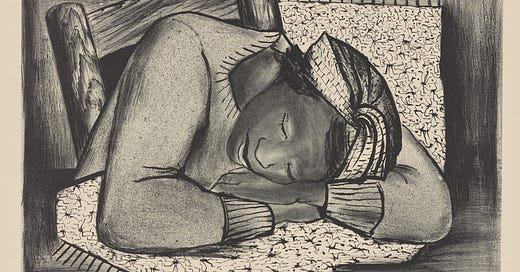


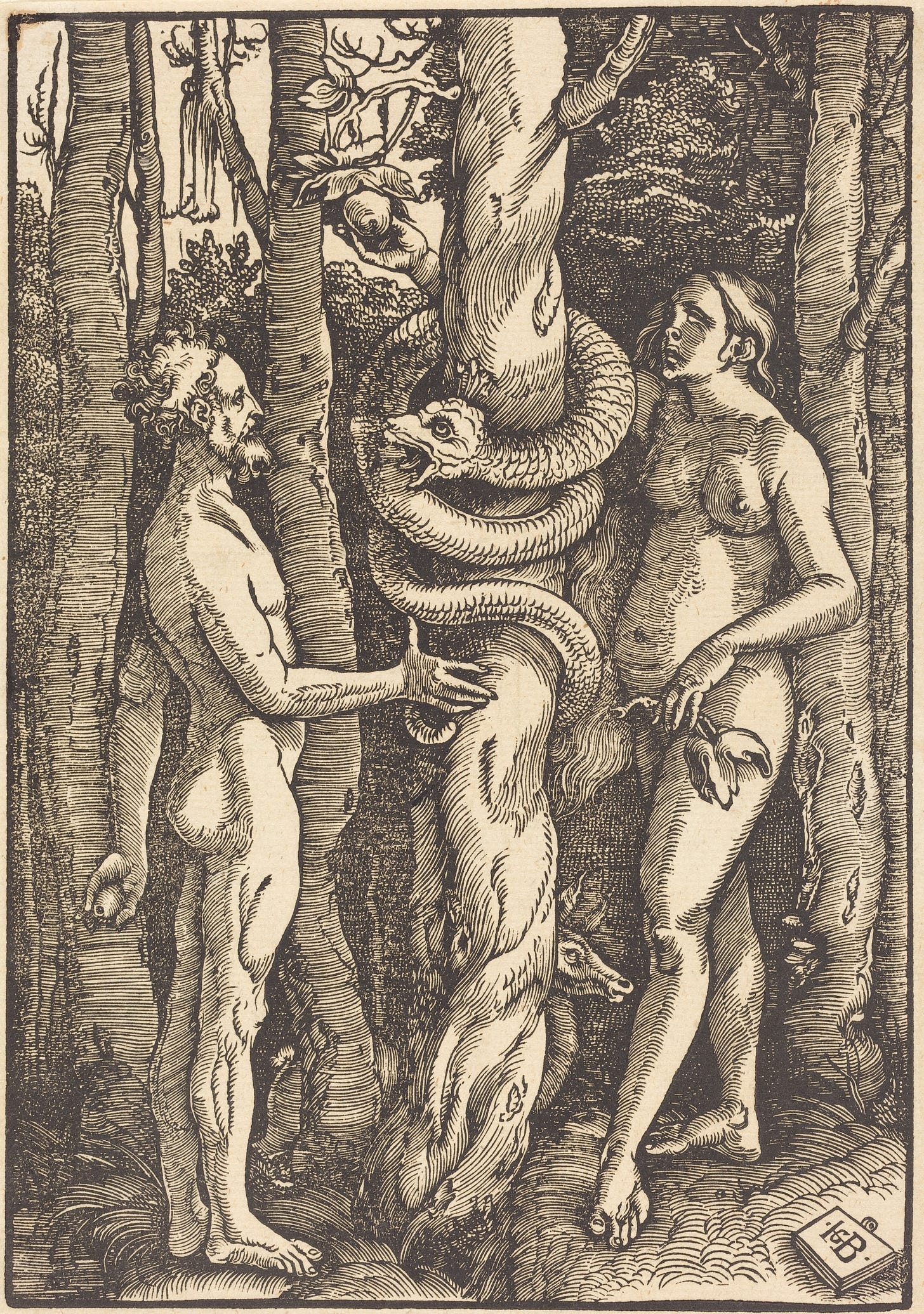
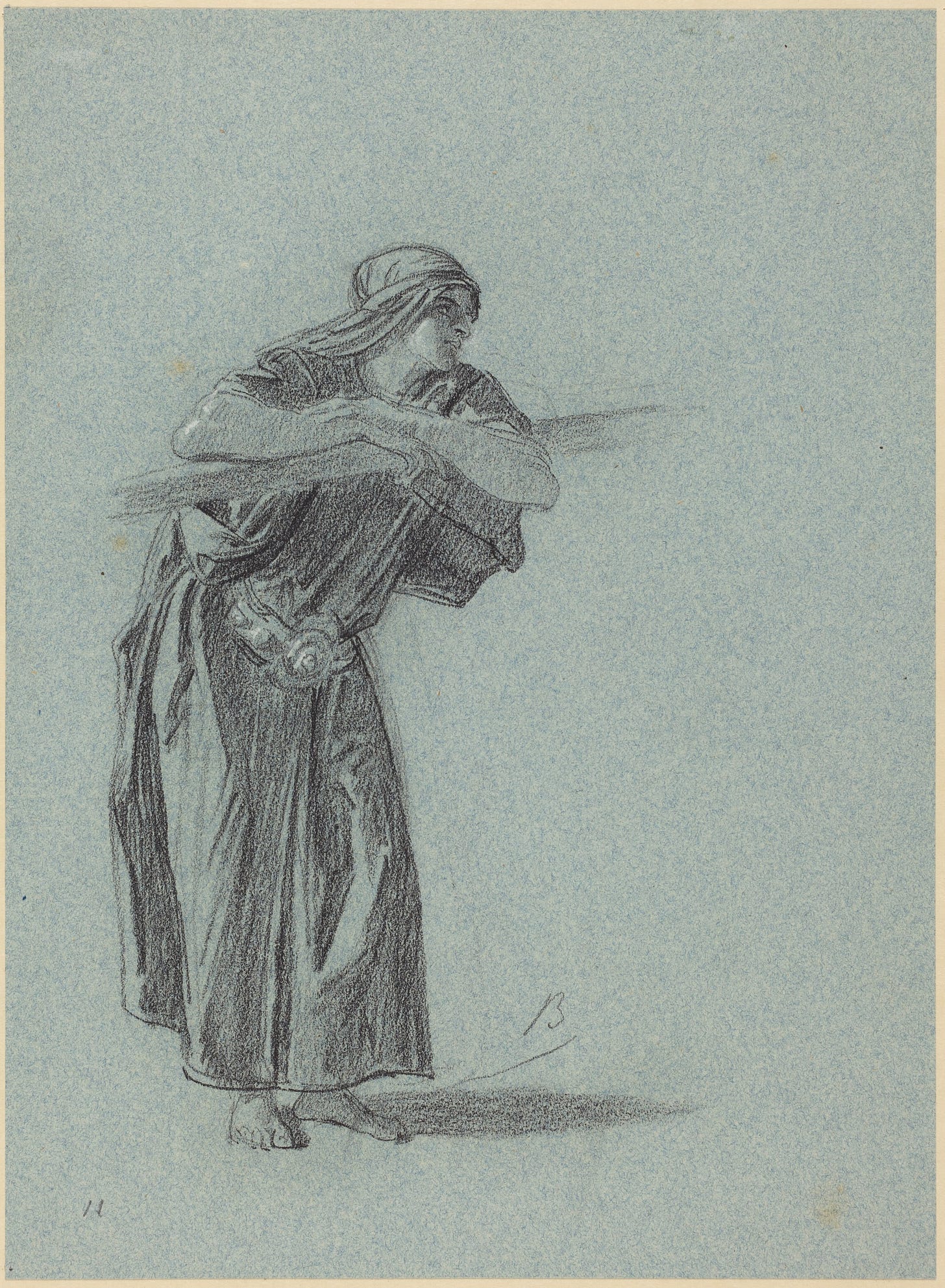
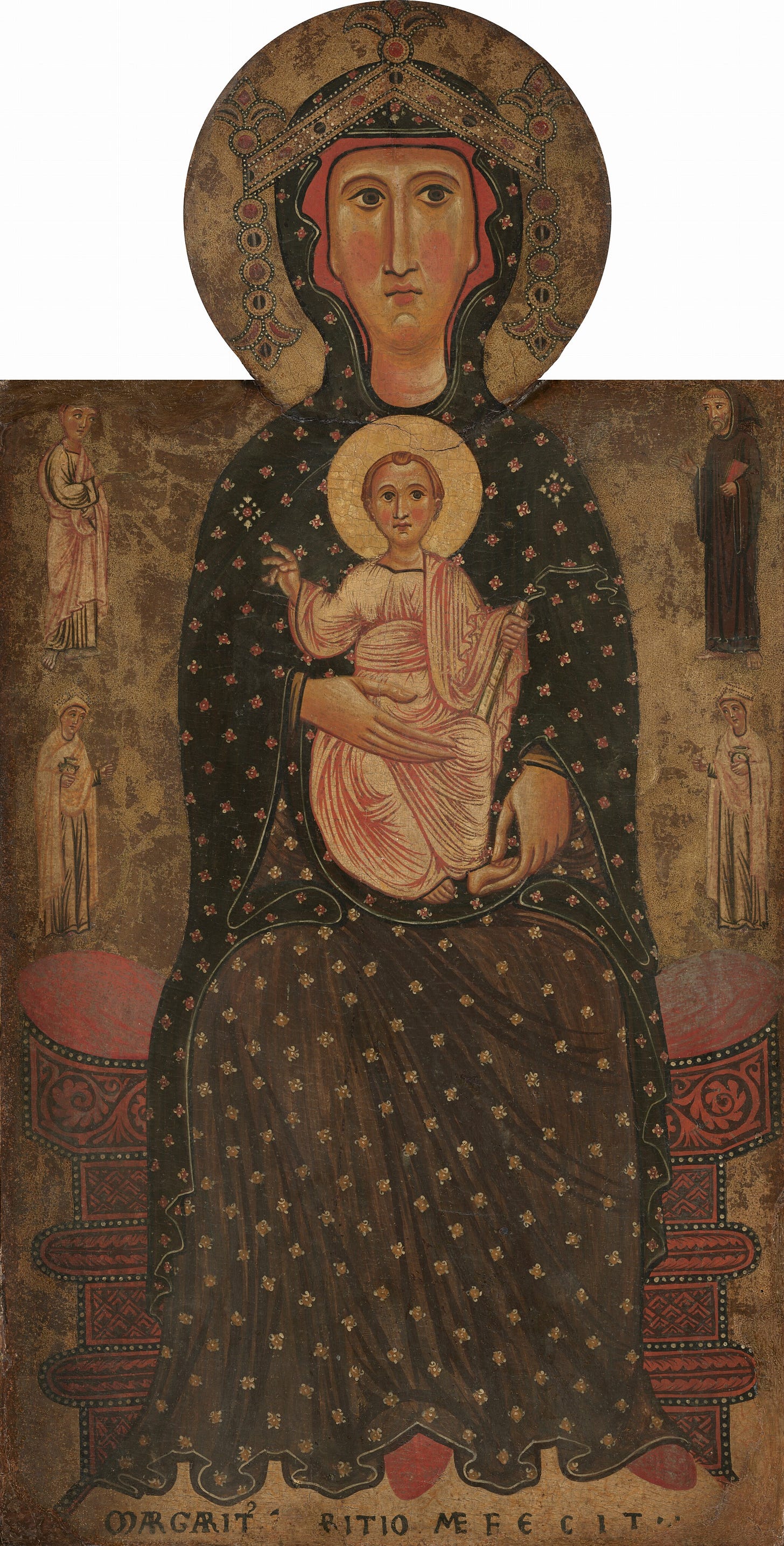
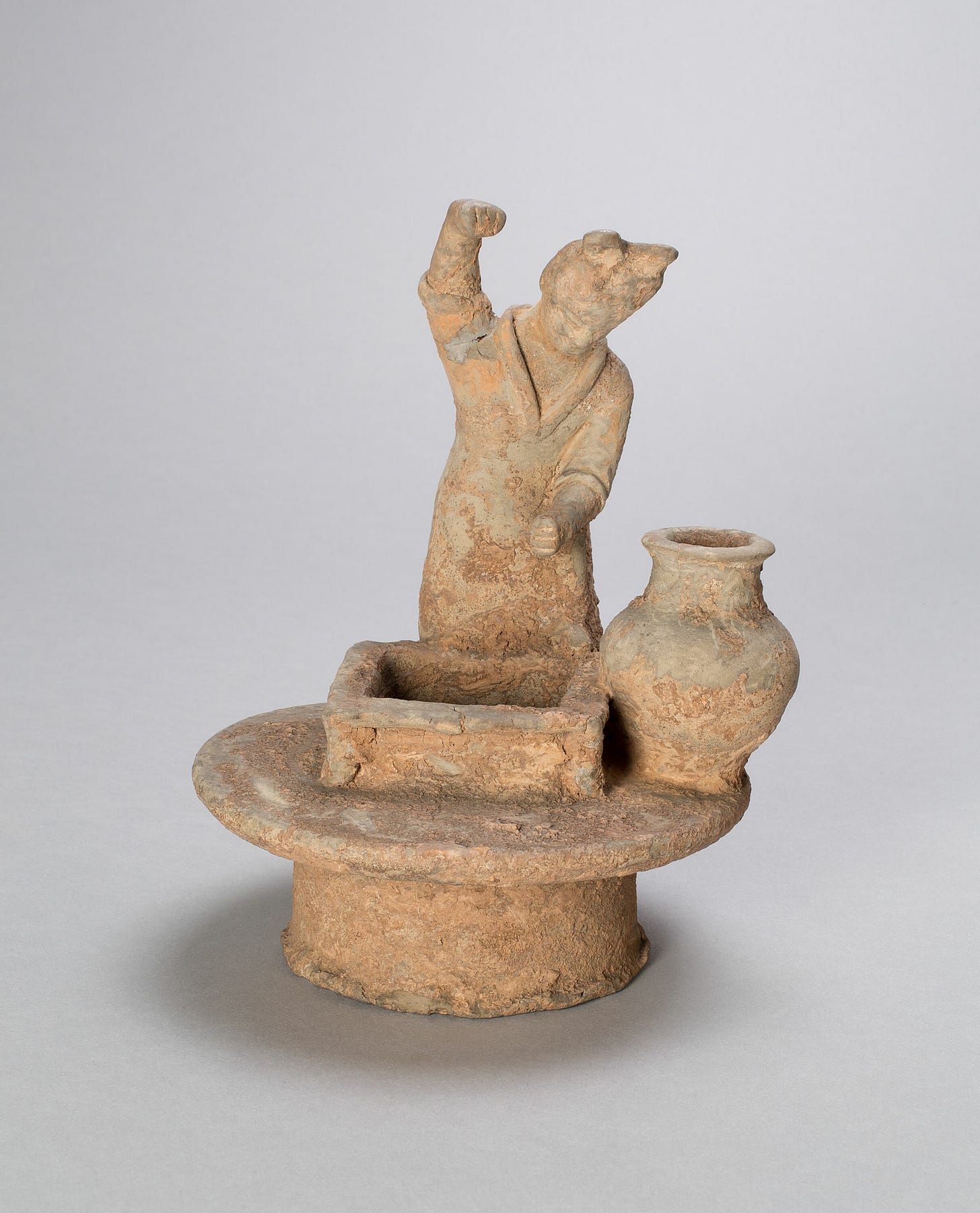

Religiously justified misogyny is bolstered by the perspective that God is best represented by men, and as male. The question of how women represent God’s image is typically ignored.
Women were not created to help men. Women were created to represent God who helps. In my mind that distinction changes the whole conversation on the role of women in the church.
Hello-I really enjoyed this article. I loved that you brought up the early Christian women virgins, who had the opportunity to give themselves completely to God through their vocation. I am guessing that the Catholic faith would be considered the epitomy of Patriarchy here. While Mary is discussed for her Magnificat and bearing Jesus in the post, I think that one aspect of Catholic view of Mary can help round out the position of the post. Christ is considered "the new/last Adam" (1 Cor15:45) that redeems man. Using a similar typological approach, Mary is considered the "new Eve." Where Eve said "No" to God as she took the fruit, Mary says "Yes" to God, by the grace she is given from God. To me, this is a counterpart to a new Adam. Please don't misunderstand me. I am not saying the Mary redeems women or men. I am saying she cooperated with God to the full when Eve did not. And in that sense, she is a new Eve and that part of our story is redeemed as well. I think it supports the ideas in the post well, even if outside your tradition. Peace and All Good, Gina